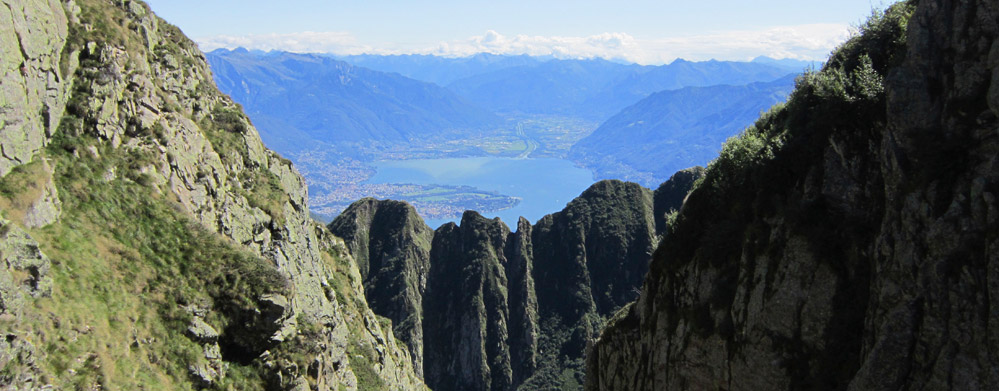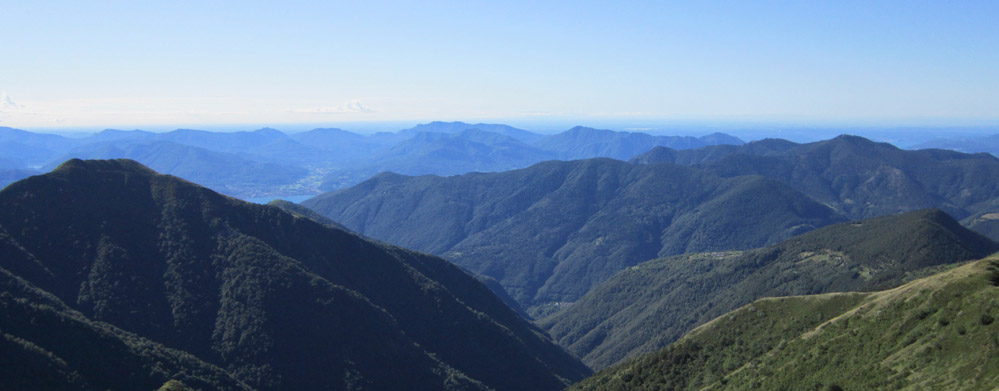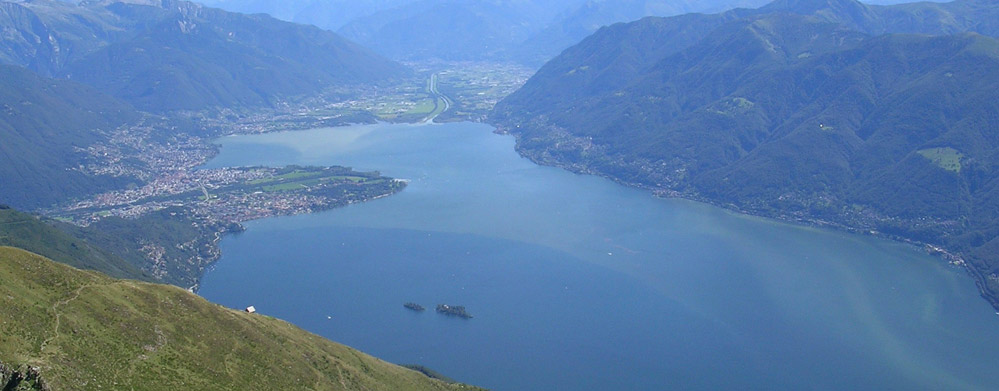
Situated in Verbania, in the the provincial capital of Verbano-Cusio-Ossola, is a collection of botanical gardens consisting of about a thousand non-native plants and about twenty thousand varieties and species of particular botanical valence, coming from every part of the world forming a very rare collection . Since 1952 is open on certain times of the year attracting visitors from the world.

The Valle Vigezzo is bordered by the west slopes of Valle Cannobina, is also known as the Valley of Painters, thanks to the historical presence landscapers and portrait. The Valle Vigezzo is appreciated by enthusiasts of hiking, thanks to the morphology of the territory, the historical and cultural traditions, winter sports where you can practice alpine skiing, ski touring and Nordic skiing. Among the numerous churches and chapels scattered in the Valley, the most important is the Santuario of Re, known for the miracle of Madonna del Sague.

The Castelli of Cannero are fascinating ruins, located above two small islands of the Lago Maggiore a short distance from the shore of neighboring municipality of Cannero-Riviera. Are the remains of Rocca Vitaliana, completed the construction in 1521, currently can not be visited for safety reasons.

The Orrido of Sant'Anna is a narrow rift where the waters flow violently, realized over the centuries through water erosion in the rocky walls. Two bridges allowing visitors to cross, the first mediaeval used only by pedestrians and the second "modern" vehicular. The Orrido of Sant'Anna is among the best of the genre, has a length of about 60 meters, is closed in between towering cliffs and the waters plunge for about 30 meters, upstream gurgling waterfall. Above you can see the San't Anna church, remarkable for its originality and antiquity.

The Domodossola-Locarno railway, informally called in Italian "Vigezzina" and Switzerland "Centovalli" entered service in 1923, about 52 kilometers long, of which about 32 kilometers in Italian territory and the remaining 20 km in Switzerland. The entire route is fulfilled in about one hour and a half and it is a magnificent journey to discover the beauties and of the landscape of the Valle Vigezzo and the Centovalli (Switzerland).

The Parco Nazionale della Val Grande is a protected natural area of about 15,689 hectares, on a plot almost entirely mountainous, entirely within the boundaries of the Province of Verbano-Cusio-Ossola and integrally includes the Val Grande, Val Pogallo and partially Valle Cannobina, the Valle Vigezzo, the Valle Ossola and Valle Intrasca. Established in 1992 to safeguard the largest area of the Alps. The main mountains of the park are Monte Zeda (with altitude 2,156 meters a.s.l.), the Cima of Laurasca (with altitude 2,195 meters a.s.l.), Monte Togano (with altitude 2,301 meters a.s.l.), Monte Pedum and Pizzo Proman (with altitude 2,098 meters a.s.l.).

Il Lago Maggiore or Verbano is the second largest lake in Italy with an area of about 212 square kilometers and subdivided by eighty percent between the provinces of Verbano-Cusio-Ossola, Novara, Varese and the remaining twenty percent is in Ticino (Switzerland). The flora is strongly influenced by the lake basin that has enabled the proliferation of typical Mediterranean plants and plants native to of the Atlantic zone, favored by the abundance of silica rocks and composition of the soil. In the Lago Maggiore there are many large and small islands, divided between Italy and Switzerland, the Isole Borromee (constituted from the Isola Bella, Isola Madre Isola Superiore, Isolino of San Giovanni and the Isolotto of Margherita), the Isole of Brissago (formed from the Isola of San Pancrazio and the Isola of Sant'Apollinare), the Castelli of Cannero and the Isolino of Partegora.
HOME
TURISM
THE ETHNOGRAPHIC MUSEUM OF GURRO AND VALLE CANNOBINA
THE ORRIDO OF SANT'ANNA
THE LAGO MAGGIORE
THE CASTELLI OF CANNERO
THE PARCO NAZIONALE OF VAL GRANDE
THE VALLE VIGEZZO
THE RAILWAY VIGEZZINA
THE VILLA TARANTO
THE CASCATA OF TOCE
ADVERTISEMENT



ADVERTISEMENT















